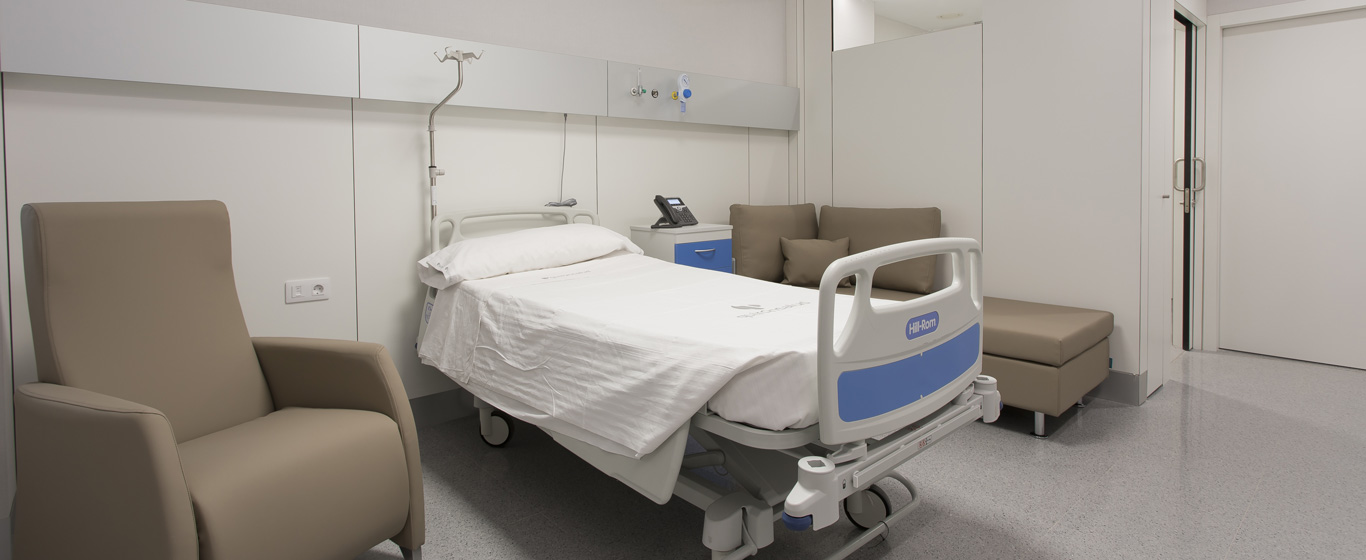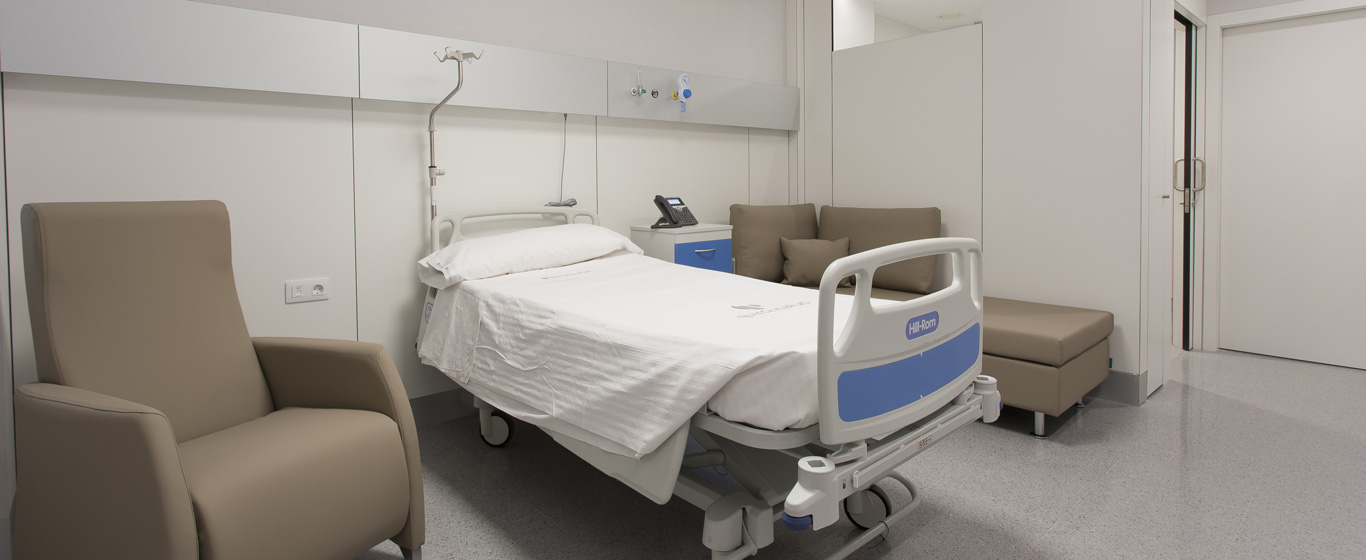Brain Tumor
Can a brain tumor be cured? Everything about its causes, symptoms, and the most effective treatments.
Symptoms and Causes
A brain tumor is the abnormal growth of a mass of cells in the brain or surrounding organs such as the nerves, meninges, or the pituitary and pineal glands.
Depending on its origin, brain tumors are classified as primary tumors, which develop in the brain cells, or secondary or metastatic tumors, which originate in another part of the body and spread to the brain.
While metastatic tumors are always malignant, primary tumors can be either benign or malignant. The prognosis of a brain tumor depends on its nature, size, and location. Some cysts, such as pituitary tumors, allow for a normal life, but the rapid progression of certain types of brain cancer makes the disease have a poor prognosis.
There are many different types of brain tumors. The most notable include:
- Meningiomas: Affect the membranes surrounding the brain and spinal cord. While some are malignant, most are benign.
- Gliomas: In most cases, they are malignant. The most common types include astrocytoma (originating in the brain cells), ependymoma (arising in ependymal cells that line the brain ventricles and the central canal of the spinal cord), oligodendroglioma (affecting the cells that protect neurons), and glioblastoma (developing from the tissue that supports the brain and spinal cord).
- Neuromas or Neurinomas: Benign tumors affecting peripheral nerve tissue. The most common, called schwannoma, occurs in the nerve connecting the inner ear to the brain.
- Medulloblastomas: Malignant tumors that originate in the cerebellum and often spread rapidly to other parts of the body via cerebrospinal fluid.
- Pituitary Tumors: Typically benign, sometimes located in the pituitary gland itself, while in other cases, they are near it, such as craniopharyngiomas that affect the pituitary.
Symptoms
The symptoms of a brain tumor vary depending on its size, location, nature, and rate of growth. However, there are some common signs:
- Head pressure
- Intense and frequent headaches, worsening in the morning
- Nausea and vomiting
- Fatigue
- Vision problems: blurry or double vision
- Hearing problems
- Dizziness and vertigo
- Seizures
- Difficulty speaking
- Confusion
- Memory loss
- Personality changes
- Loss of sensation in the limbs
- Weight gain
Causes
Primary brain tumors originate when a change in DNA leads to an overproduction of cells that accumulate to form a mass. The causes of this genetic change are not yet known.
Metastatic tumors form when another type of cancer (usually from the breast, lungs, kidneys, colon, or skin) spreads to the brain.
Risk Factors
Some factors that increase the risk of developing a brain tumor include:
- Having another type of cancer
- Being older
- Previous exposure to radiation
- Having a genetic predisposition
Complications
Brain tumors can reduce the ability to perform daily tasks and interact with others. They may also affect brain function and, in the worst cases, lead to death.
Prevention
There is no way to prevent the occurrence of a brain tumor. However, maintaining a balanced diet, regular exercise, and avoiding toxic substances reduces the risk of developing cancer.
What doctor treats brain tumors?
Brain tumors are diagnosed and treated by specialists in neurology, neurosurgery, medical oncology, and radiotherapy.
Diagnosis
When a brain tumor is suspected, the following diagnostic tests are performed:
- Comprehensive Neurological Examination: Includes an evaluation of vision, hearing, balance, coordination, and reflexes.
- MRI or CT Scan: Helps visualize the brain and detect the presence of tumors.
- Brain Tumor Biopsy: After detecting the tumor, this procedure helps determine whether it is malignant or benign.
Treatment
There are many approaches to treat a brain tumor, depending on the patient and the characteristics of the tumor. The most common techniques are:
- Periodic check-ups and healthy lifestyle: Small benign or cancerous tumors typically do not require treatment, but close monitoring is necessary.
- Surgery to remove the tumor: It may not be safely removed entirely, but the maximum possible amount can be excised. A minimally invasive approach, such as endoscopy through the nasal cavity, or a craniotomy for better visibility may be used.
- Radiotherapy: Often uses proton or X-ray energy. It helps reduce the size of some tumors or even eliminate them completely.
- Radiosurgery: Similar to radiotherapy, but more targeted and precise.
- Chemotherapy: This treatment involves using medications (oral or intravenous) to destroy tumor cells.

































































































